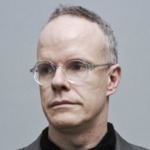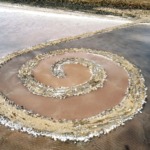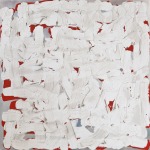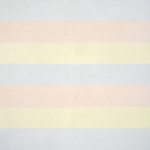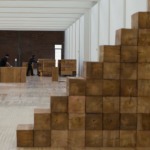Back When Painting Was Dead

When Clement Greenberg, Frank Stella, and Donald Judd tried to define what makes a painting, they overlooked a central feature — capaciousness. It is routine to characterize the 1970s as a decade dominated by Conceptual Art, and artists such as Sol LeWitt, Lawrence Weiner, Joseph Kosuth, and Mel Bochner. Part of this thinking is market-driven: […]





